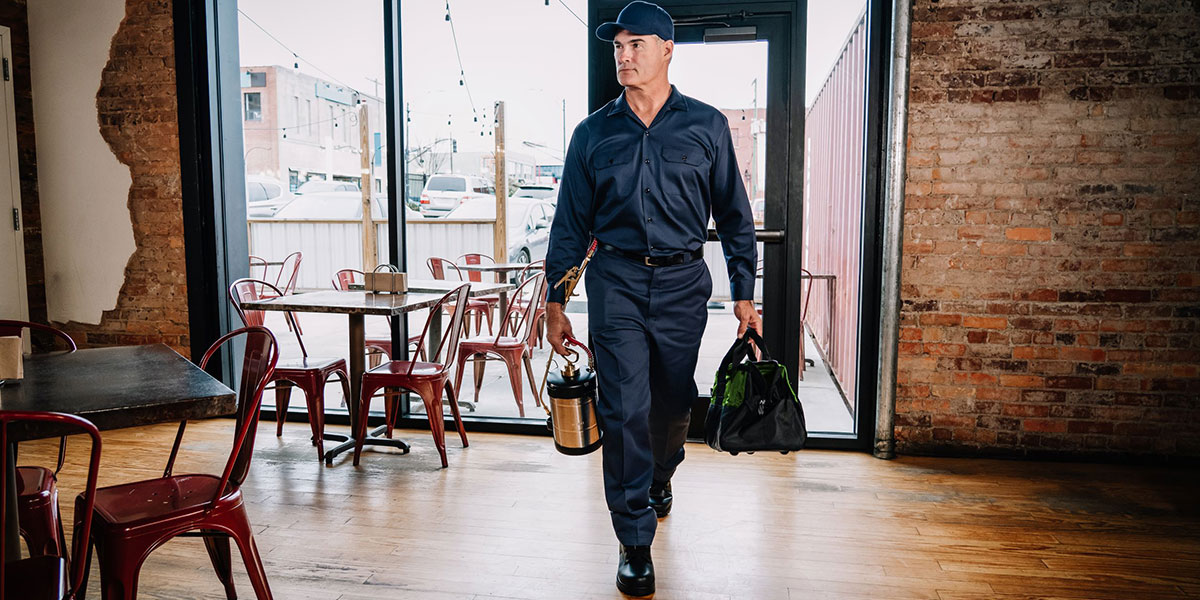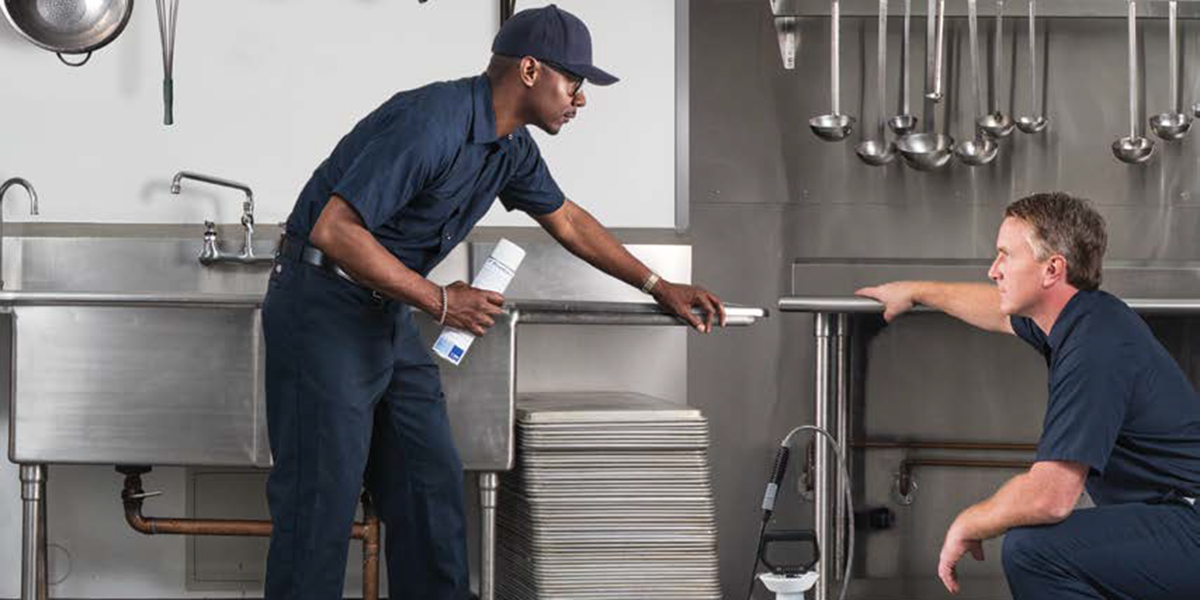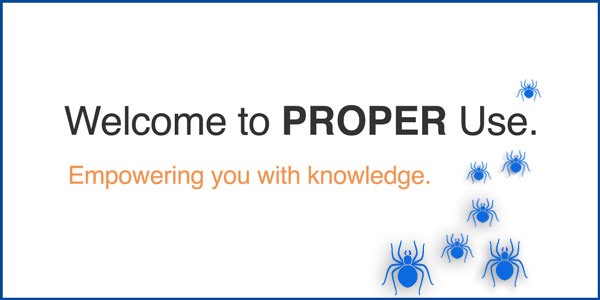PT® Alpine® Pressurized Fly Bait offers an innovative and novel means of controlling flies
Joseph A. Argentine, Ph.D.
Technical Market Manager, BASF Professional & Specialty Solutions
Flies remain one of the major pests in residential, commercial, and livestock settings. Some of the traditional fly control methods used by Pest Management Professionals (PMPs) include residual insecticides, sanitation and light traps. PT Alpine Pressurized Fly Bait adds a unique tool to this list, as it is the only pressurized fly bait aerosol available in the market.
Powered by dinotefuran, which has been labeled a Reduced Risk Insecticide for Food Handling by the EPA, PT Alpine Pressurized Fly Bait is UV-stable, non-repellent and undetectable to flies. The ability to demonstrate quick kill and convincing results to customers is always an advantage for a PMP, and PT Alpine Pressurized Fly Bait delivers, killing flies often within seconds of ingestion. The formulation is water-based, quick-drying and clear, and the attractant is odorless. As the only ready-to-use fly bait aerosol on the market, it provides both convenience and time savings. Ready-to-use fly bait aerosol means no mixing, no water source, no additional spray equipment is needed, and the right percentage of concentrate is always applied with no waste. PT Alpine Pressurized Fly Bait has a proven residual activity of 30 days on non-porous surfaces1. Studies have also shown it to be effective against imidacloprid-resistant flies, causing 100% mortality in a resistant population within 24 hours2.
The versatile and multipurpose label allows several treatment methods to be made in various locations. The label specifies use in and around a wide range of residential, commercial, livestock and other animal housing structures. PT Alpine Pressurized Fly Bait can also be used in food/feed handling areas following label directions. Application treatments can be done in a number of ways, providing flexibility of use as well as optimal and discreet control:
Area treatments are most effective where flies congregate, roost, and feed. These areas include dumpsters, garbage lids, behind vending machines, eave areas, and any other areas where flies are likely to congregate. Make sure the application area is not dusty, greasy or applied to an area that is frequently cleaned.
Band treatments target edges around beams, receptacles, table or benches, window frames, or under narrow eaves where flies land and roost. PT Alpine Pressurized Fly Bait can also be used as part of a preventative program in anticipation of a fly problem associated with an event, such as weddings, picnics, graduation parties, and other large events.
Removable bait placements are most effective when made of non-porous materials such as plastic or nylon. Apply bait on an object no larger than 24 in2 unless it is a rope or twine at least 6 in long. Place in areas of fly activity, but out of the reach of children and domestic animals. For food handling areas, the removable bait placement must be marked “Fly Bait - Do Not Touch;” dated and secured to the surface. Do not place removable bait placements over or on food preparation areas.
Clean-up is simple - use a water-dampened towel to remove unwanted bait applications, wipe, and discard in the trash.
PT Alpine Pressurized Fly Bait is convenient, easy to use, fast and effective. It can be used in many locations and situations and can complement other existing fly control methods. Always read and follow label directions.
1 Data from internal BASF Corporation, 2017
2 Data from internal BASF Corporation, 2019
Learn more about PT Alpine Pressurized Fly Bait: PT Alpine Pressurized Fly Bait - YouTube
 Joe Argentine, Ph.D., is a technical market manager with BASF Professional & Specialty Solutions. After receiving a B.S. degree in Biology from Allegheny College, Joe completed graduate studies in the Department of Entomology at the University of Massachusetts, and post-doctoral studies in the Department of Molecular Biology and Biochemistry, University of California-Irvine. Prior to joining BASF, Joe held positions with several companies in the ag/pest industry, including FMC, Fort Dodge Animal Health, ISK Biosciences and Amvac. In his role as technical market manager at BASF, Joe’s primary responsibilities include the development and registration of baits and aerosols for the residential, commercial, and poultry/livestock markets.
Joe Argentine, Ph.D., is a technical market manager with BASF Professional & Specialty Solutions. After receiving a B.S. degree in Biology from Allegheny College, Joe completed graduate studies in the Department of Entomology at the University of Massachusetts, and post-doctoral studies in the Department of Molecular Biology and Biochemistry, University of California-Irvine. Prior to joining BASF, Joe held positions with several companies in the ag/pest industry, including FMC, Fort Dodge Animal Health, ISK Biosciences and Amvac. In his role as technical market manager at BASF, Joe’s primary responsibilities include the development and registration of baits and aerosols for the residential, commercial, and poultry/livestock markets.




